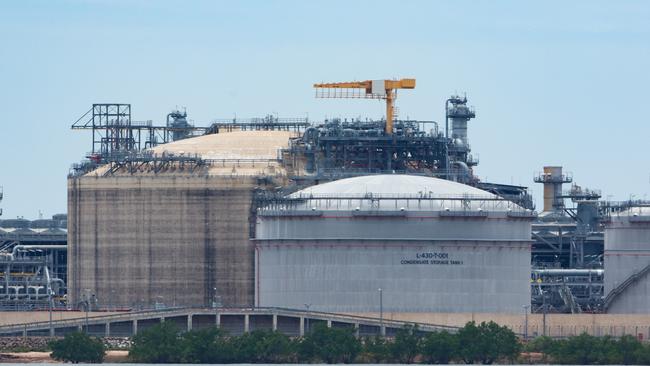The reasons gas is essential at home and offshore
An AEMO report makes it clear urgent investment in gas is required if Australia’s southern seaboard is to keep up with demand from homes and businesses, and for power generation.

If Australia needed another reminder of the consequences of failing to invest in future natural gas supply, then it arrived with the release of the latest report from the Australian Energy Market Operator.
The 2024 Gas Statement of Opportunities makes it clear urgent investment in gas is required if Australia’s southern states are to keep up with demand from homes and businesses and for power generation.
As an Australian who now works in energy in Asia, seeing these issues play out in my home country is jarring.
From the long-time staples of gas and coal to the more recent emergence of wind power and solar power, Australia has an abundance of energy resources most other countries can only dream about.
In theory, this should mean gas-fired power is always at hand as a complement to increasing use of renewable energy. Fifty per cent cleaner than coal when used in electricity generation, gas can be quickly and easily called into action when the wind isn’t blowing or the sun isn’t shining and battery storage is depleted.
Instead, however, parts of Australia’s east coast now face an unwelcome scenario of potentially having to burn diesel just to get by in winter. Key industries that use gas as a feedstock could well be forced to curtail production. The only real solution, as identified by AEMO, is to make significant investments in future gas supply.
In endorsing this action to governments, policy-shapers, communities and the wider Australian population, I would recommend that it is seen not only as a domestic solution but a response with real regional benefits.
For many decades, Australia has been the energy trading partner of choice for Asia. Unlike Australia, most nations in Asia are not spoiled for energy choices.
Many have no natural gas to speak of and among those that do, resources are often in decline. Tropical weather isn’t always ideal for solar power and the closer you get to the equator, the less likely it is that wind power will be exploitable. Even in countries where climatic conditions suit renewables, land space and grid readiness are common issues.
The most high-profile example is Japan, which developed one of the world’s most advanced economies despite having to import almost all its energy. Japan’s investment in LNG projects laid the foundation for an industry that has been at the heart of Australia’s economic fortunes for more than 40 years. Now, as it seeks to overcome challenges to grow the share of renewables in its energy system, Japan hopes to continue to rely on Australia for LNG. South Korea, China, Singapore, Taiwan and Thailand have similar aspirations.
The other big opportunity for Australian gas in Asia lies with the region’s emerging economies, including India, Indonesia, The Philippines and Vietnam.
Geographically and culturally diverse, these nations have two things in common: they are experiencing rapid economic growth that will carry tens of millions of people out of poverty and are currently extremely reliant on coal for power generation. Increasingly, these nations seek LNG to cut coal dependence and reduce emissions, even as they work to meet ever-increasing energy demand.
With the US supply landscape currently uncertain, Asia’s need for Australia to remain a reliable provider of LNG is stronger than ever.
To tackle domestic challenges and embrace international opportunities, Australia must provide clear signals that its gas industry is open for both long-term business and investment.
This includes addressing a disjointed regulatory regime that has been the source of significant concern, from both customers and producers alike.
Resources Minister Madeleine King’s review of and proposed changes to regulations around consultation requirements for oil and gas projects are an encouraging start. But much more can be done, and the federal government must continue to show support for a gas industry that stands ready to develop future projects.
One thing Australia cannot do is treat future gas production as a one-or-the-other proposition in terms of meeting domestic needs and satisfying Asia’s demand.
With well-planned investment and responsible development, Australia can have the best of both worlds.
At home, Australian gas can keep households powered through the energy transition alongside renewables, while enabling manufacturing industries to make critical contributions to the nation’s self-sufficiency and prosperity. In Asia, Australian LNG will support decarbonisation and energy security in a region that is home to 60 per cent of the world’s population.
Both scenarios will create significant employment, community investment and government revenue for Australia.
It really is a win-win situation. But much more stands to be lost if nothing is done.
Paul Everingham is the CEO of the Asia Natural Gas and Energy Association.

To join the conversation, please log in. Don't have an account? Register
Join the conversation, you are commenting as Logout